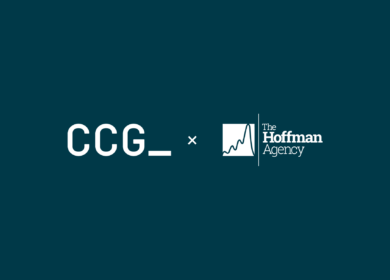By Czarina Cabuyadao
The Hoffman Agency, Singapore
With Earth Hour 2014 having just passed, we’d like to take some time to digest what a star-studded event it was, graced by the cast of ‘The Amazing Spider-Man 2.’ We also reflect on some important conservation messages for all who partook in the experience.
We’ve outdone ourselves as an agency, clearly surpassing all previous Earth Hour campaigns. In just 45 exhilarating days, we went on to generate a total of 642 pieces of coverage from local, regional and international media including AFP, Reuters, The Weather Channel and the Asian Journalism Fellowship to secure multi-market coverage for Earth Hour and the World Wide Fund for Nature (WWF). All of which positively spread key messages from the campaign.
One may think that aligning with a well-known brand (in this case, Spider-Man) is an easy sell. However, our goal at the end of the day was to get people to participate in the cause of conserving energy for the planet. We carefully crafted story angles which got Earth Hour featured in the headlines of major publications. Some of the tactics we used include:
- Personality profiling. We highlighted Marco Lambertini, WWF International director general, and Elaine Tan, WWF Singapore CEO, as the driving forces behind the success of the Earth Hour movement. Their experience leading a non-government organization helped underscore the importance of this cause and the necessity of people’s involvement in the event.
- Taking the human interest angle. We emphasized that Earth Hour is the largest global event for conservation in the world – one that is led by the collective power of each individual.
- Earth Hour’s digital story. We positioned Earth Hour as the biggest social movement both offline and online – highlighting the crowdfunding angle where the public is seen as the driver of the cause, both physically and virtually.
All of these tactics were tied back to the main message we wanted to relay: that people should do more in their day-to-day activities to conserve energy. And they can start by doing one of these four key actions: using fewer plastic bags, increasing room temperatures by 1 degree, switching to LED lights and taking shorter showers.
Reaching over 12 billion views, the campaign also crossed the language barrier locally in terms of coverage in key dailies such as The Straits Times, The Business Times, TODAY, MyPaper and The New Paper, as well as native tongue publications such as Berita Harian, Lianhe Zaobao and Tamil Murasu.
If there’s one way to summarize our extraordinary experience in working with WWF, it’s this phrase: go beyond the hour. Earth Hour has been known as a once-a-year public gathering with an ultimate goal of going beyond the hour (that’s what Earth Hour’s 60+ logo symbolizes, after all).
Not only did Earth Hour give us an opportunity to work hand-in-hand with a global non-profit, it gave us new perspectives – that no matter how small your contribution is, if you find a way to encourage other people to do the same, you can make a difference, an impact. Together, we can make the Earth a better place to live in.


